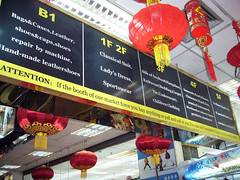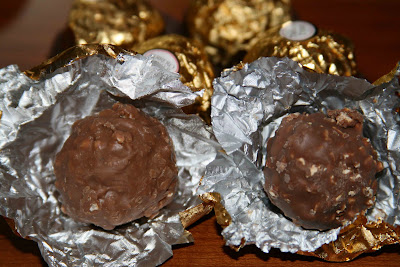 |
| my favorite market stall at Sanyuanli no 101 |
 |
| Chinese tea at the market |
On the right you can buy some yummy fresh pastry and bread, Chinese style. It smells so good! Further on, you will find some shops selling can food, special spices and sauces in bottles, and then small household items.
In the middle section, you might not want to look too close. This is the wet section. This is why these markets are also called wet markets. There are a few butchers that cut entire veal legs on wooden blocks - right in front of you. They have cheep heads on display and all other parts of animals that are eatable - Chinese way. There is also all kind of seafood on ice. Or it still swims in containers. The ice melts slowly, and drips on the market hall floor. You do not want your pants dipping in the puddles of the wet middle section.
When you made it through the middle section - that is indeed interesting and serves for great photo shoots - you will be in the third and last section selling all vegetables you can think of. They even have those veggies usually not available at Jenny Lou or even Carrefour, not in large quantities though and slightly higher in price.
I have chosen my vegetable stall some years ago by looking at the vendors face - their products are mainly the same, so the quality and the price. So it was the vendors smile and her stall no. 101 that I thought makes the difference.
Now, I was shopping here again at Sanyuanli, after 3 1/2 years of absence. And guess what? All the vendors I used to buy from, recognised me!
They smiled and waved and greeted. I was very touched! My veggie lady was very happy (see her smile above 1st pic) and the fruit vendor sprang up from his seat and gave my and my friends 3 big red strawberries to taste. They were very sweet and tasty indeed. Not like the other Chinese strawberries that are pale pink and even green from the outside, and white from the inside, and tasting like sugar water - because these strawberries during their growth were injected with sugar water.
 |
| fruit section at Sanyuanli market |
Sanyuanli is my favourite market. Shopping their is fun. Vendors are friendly and beside the floor of the wet section, that is probably not dirty, but just wet, it is very clean. Prices are up in comparison to my last stay, but no wonder with the yuan being up 10% every year!
Adress:
Sanyuanli Market (三源里市场) Shunyuan Jie, Chaoyang District (朝阳区东三环顺源街), North of Sanlitun
Open: daily 5am – 7pm
























 click for larger image
click for larger image











